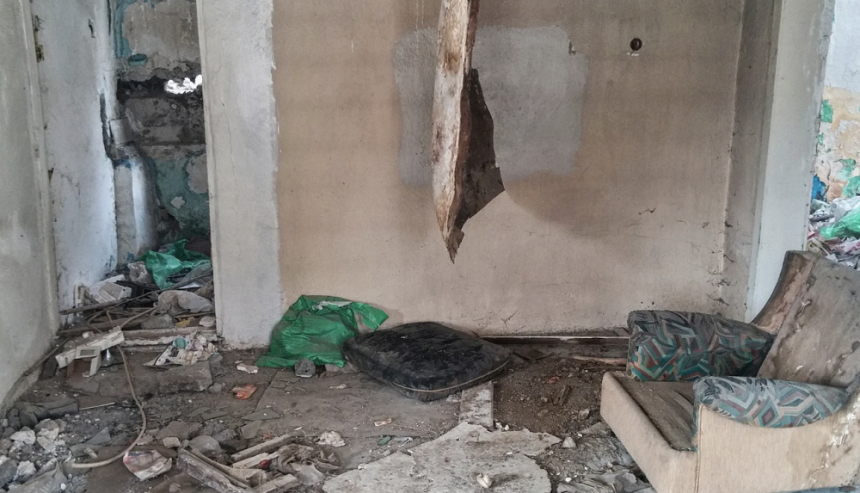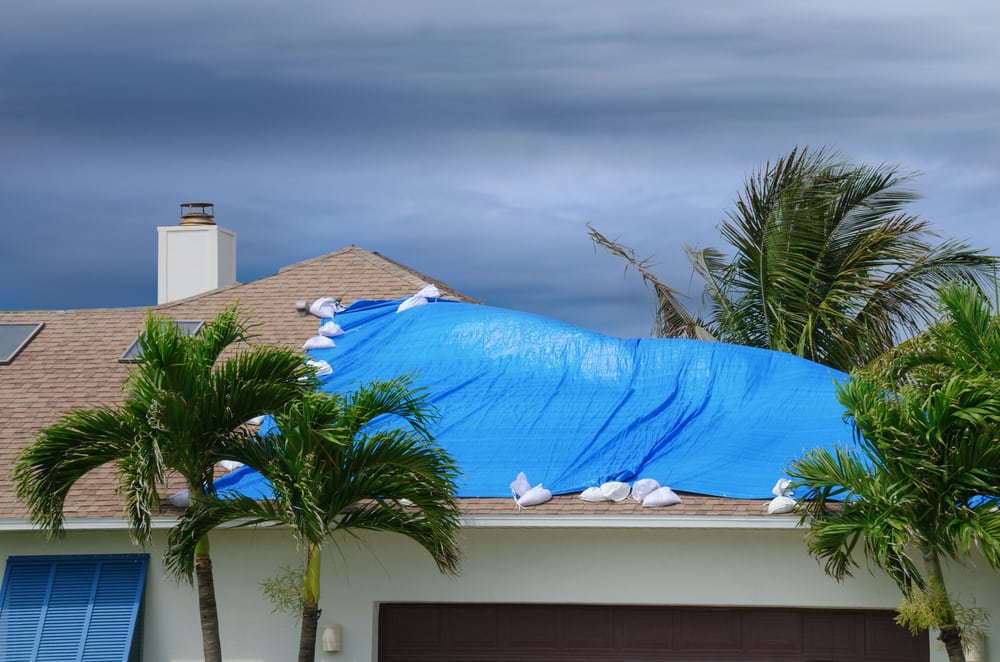Flooding inside your home can go from minor to overwhelming in a matter of minutes. Whether it’s from a broken pipe, a backed-up drain, or outdoor water creeping inside, the water doesn’t wait. The quicker you act, the better chance you have of protecting the items that matter most. But in the middle of the chaos, knowing where to start can be half the challenge.
Being prepared with a plan helps keep panic in check. It also helps protect your home and the things you care about. Michigan homeowners, especially during late summer storms, may find themselves facing heavy rain and flash flooding that disrupts daily life. While damage to the structure might be handled by professionals later, there are a handful of possessions that you’ll want to focus on saving right away. That starts with making sure everyone is safe and unharmed.
Prioritize Safety First
Before you start grabbing anything, stop and look around. Your safety needs to come first. Floodwater isn’t just water. It might carry electrical risks, structural hazards, and other dangers you can’t immediately see. You’ll need to focus on making sure the environment is safe before you touch or move anything.
Start by checking on all members of the household, including kids, elderly family members, and pets. Make sure no one is in contact with the floodwater, especially near electrical outlets or appliances. If you can safely access your breaker box without stepping into standing water, turn off the electricity right away. Do not try doing this if water has already reached the panel. Call a professional for help in that case.
Here are a few safety reminders to keep in mind:
– Stay out of water if you’re not sure whether the power is off
– Watch for sagging ceiling tiles or bubbling walls that could collapse or spill more water
– Don’t lift anything heavy when the floor is wet and slippery
– Avoid using any wet appliances or tools to help with the cleanup
– Keep children and pets away from the area entirely
Once you feel confident that it’s safe to move through the flooded space, then it’s time to start making decisions about what to save first.
Save Important Documents
After making sure everyone is safe, your attention should go to things that can’t be replaced. Important documents are at the top of that list. These papers may include items like identification, passports, insurance policies, property records, birth certificates, and medical records. Replacing just one of these documents can take time and effort. Thinking ahead can help keep them protected should water ever invade your home.
If there’s time and they aren’t already damaged, gather these documents quickly and move them to a dry space. Use a sealable plastic bin, a zippered bag, or anything waterproof you have on hand. Even a clean trash bag can help shield them until something better is available.
If these documents are in a filing cabinet that’s been affected, check how severe the water damage is. Sometimes papers in the middle sections of the cabinet are still dry even when the bottom drawers are soaked. Focus on the driest papers first, then move toward those that need air-drying.
After the flooding event, putting together a weatherproof pouch or a fireproof safe box can make future emergencies easier to manage. Keeping copies of these documents stored digitally in a safe, encrypted location is another smart backup solution. It doesn’t stop emergencies from happening, but it does help you get your life back on track faster afterward.
Protect Electronics And Appliances
Electronics tend to be the easiest things to lose during a flood, both in terms of money and function. TVs, tablets, phones, computers, and other small devices often sit low to the ground or get plugged in close to outlets along the baseboards. If water reaches those spots, everything connected could be damaged almost right away. If you catch the flooding early and it’s still safe to do so, your next step should be to unplug and move all electronics out of the wet area.
Don’t turn them on to test if they still work. Powering up wet electronics can cause more damage. Even if something looks dry on the outside, moisture could be trapped inside small spaces. It’s best to place the devices in a dry, safe area and let a trained technician inspect them later.
Appliances are another concern. Larger items like washing machines, dryers, dishwashers, and refrigerators shouldn’t be moved alone. If water has already reached their electrical parts, they’re considered unsafe to move without help. Small kitchen appliances or items like routers, smart speakers, and power strips should be gathered and kept separate so that water doesn’t spread from one to another.
Here’s a basic list to work from when gathering electronics and small appliances:
– Unplug phones, laptops, power cords, and chargers
– Pick up smart devices like routers and security cameras
– Move surge protectors, extension cords, and backup batteries
– Get kitchen gadgets off low counters or close to the floor
– Clear out drawers that may store cords, remotes, or accessories
Once everything’s out, let them air dry in a clean area. Don’t try using a hairdryer or heater on them. Just give them time and call a professional before you plug anything back in again.
Salvaging Sentimental And Valuable Items
After electronics, the most painful losses people face during indoor flooding are often sentimental items. Old family photos, drawings made by your kid in school, wedding keepsakes, or the quilt passed down from your grandmother hold more than monetary value. When you’re trying to decide what to grab next, these should move up your list.
Focus on the items that mean the most to you or your family. If they’re small and lightweight, collect them carefully and remove any wrapping or storage that’s already been touched by water. For example, if old photos are in damp albums or frames, it’s better to gently take them apart and lay the pieces flat to dry separately.
You can also try placing items on clean towels or hanging fabric items where air can move around them. Avoid stacking anything wet, especially paper goods or cloth, because the moisture will just feed mold.
And remember, sentimental doesn’t always mean old. It could be your wedding certificate, your child’s favorite stuffed animal, or your first Mother’s Day card. If it matters, and it’s something you can reasonably move without risk, try to get it to safety.
Dry Out Furniture And Clothing Safely
Some furniture can survive a minor flood, but not all. It depends on the type, the material, and how fast you respond. Cloth couches and chairs may absorb water too fast to save, while solid wood pieces might stand a better chance if water didn’t fully soak through. Lift items off the ground if you can, especially table legs or dressers, to let airflow reach all sides.
With clothing, timing matters just as much. Don’t assume anything wet can go in the washer right away. Dirty flood water mixes with laundry in ways that can leave permanent staining or smells. Set aside clothes made from delicate materials and focus on what can be cleaned safely. Try to spread them out across clean, dry surfaces to help them air out without trapping moisture.
Keep an eye out for:
– Cushions or mattresses that feel soaked instead of just damp
– Wood surfaces that are beginning to warp or discolor
– Paint or varnish that looks like it’s peeling or bubbling
– Any fabrics or linens that smell strongly of mildew
If you notice these signs, remove the items from your home and place them in a dry area until they can be inspected. In many cases, leaving them inside can cause even more damage to nearby belongings.
When the Water Clears, Focus on What Matters Most
Facing a house full of water is hard. It hits your home, your memories, and your peace of mind. Acting fast can help protect what you care most about, but the right support afterward can make all the difference. Removing water doesn’t fix everything. Getting help from emergency flood cleanup services in Michigan can speed up the recovery process and limit the long-term impact.
Once the danger has passed and the cleanup begins, revisit your emergency plan. Take note of what worked and where there were problems. Whether it’s moving your documents to a safer spot or investing in waterproof storage, small changes now can save you stress later. Flooding might come fast, but preparation always gives you a head start.
Flooding can turn your home upside down, but you don’t have to handle the cleanup alone. Trust PuroClean of Bloomfield Hills to help protect your home and belongings with reliable emergency flood cleanup services. From saving cherished items to restoring your space, we’re ready to support you every step of the way.




 PuroClean of Bloomfield Hills
PuroClean of Bloomfield Hills